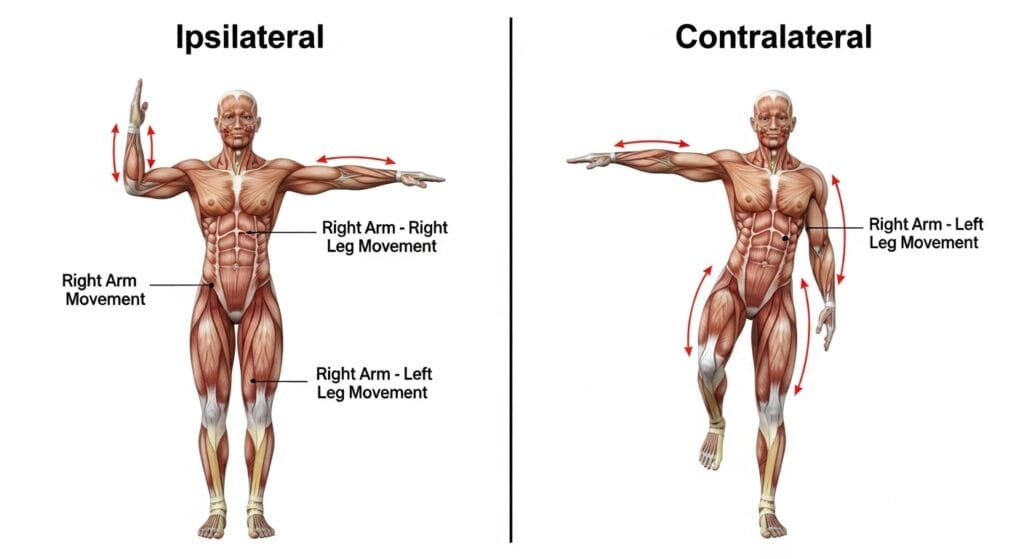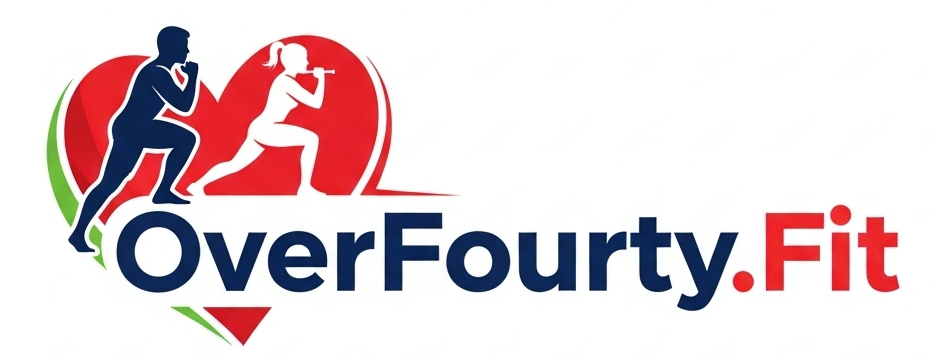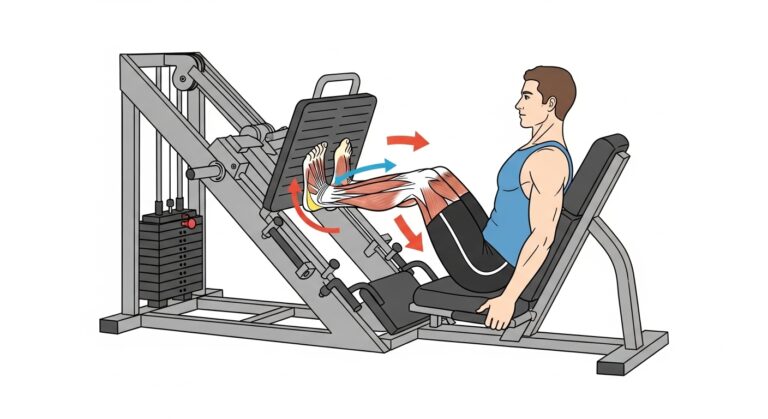Ipsilateral vs Contralateral Movements: Benefits and Examples
Understanding ipsilateral and contralateral movements is crucial for improving functional fitness, core stability, and overall coordination. These movement patterns determine how your muscles engage, how you maintain balance, and how you reduce the risk of injuries.
Whether you are a beginner, an athlete, or over 40, knowing the difference between same-side (ipsilateral) exercises and opposite-side (contralateral) exercises can significantly improve your training results.
What is Ipsilateral Movement?
Ipsilateral movement occurs when the same side of the body moves together, such as raising your right arm and right leg simultaneously.
Benefits of ipsilateral exercises:
- Unilateral strength development
- Improved muscle coordination
- Rehabilitation support and injury recovery
- Enhanced side-specific mobility
Examples:
- Side leg raises with arm reach
- Same-side shoulder taps
- Unilateral dumbbell presses
What is Contralateral Movement?
Contralateral movement involves opposite sides of the body working together, like raising your right arm while extending your left leg.
Benefits of contralateral exercises:
- Improved core stability
- Enhanced balance and coordination
- Better functional training for daily movements
- Reduced risk of overuse injuries
Examples:
- Bird-dog exercises
- Cross-body cable exercises
- Opposite-arm/leg extensions

Key Takeaways For Ipsilateral vs Contralateral Workouts
- Ipsilateral exercises target the same-side muscle chains, ideal for rehabilitation and unilateral strength.
- Contralateral exercises strengthen cross-body coordination and core stability.
- Combining both movement patterns ensures functional fitness and injury prevention, especially for adults over 40.
Why Both Ipsilateral vs Contralateral Movements Matter
Integrating ipsilateral and contralateral exercises engages all muscle groups effectively, promotes symmetry, and prevents overuse injuries.
- Beginners can start with ipsilateral movements for muscle awareness.
- Advanced trainees can include contralateral movements to enhance core strength and athletic performance.
This combination creates a balanced and results-driven training program.
Conclusion For Ipsilateral vs Contralateral Movements
Understanding ipsilateral and contralateral movements is essential for strength, mobility, and injury prevention. Including both in your workouts ensures comprehensive muscle engagement, better functional fitness, and a balanced body.
Adults over 40 can especially benefit from targeted ipsilateral and contralateral training, improving balance, coordination, and long-term fitness.
References
- Behm, D. G., & Sale, D. G. (1993). Intended rather than actual movement velocity determines velocity-specific training response. Journal of Applied Physiology, 74(1), 359–368.
- Kibler, W. B., Press, J., & Sciascia, A. (2006). The role of core stability in athletic function. Sports Medicine, 36(3), 189–198.
- McGill, S. M. (2007). Low back disorders: Evidence-based prevention and rehabilitation. Human Kinetics.
FAQs For Ipsilateral vs Contralateral Movements
1. What is an ipsilateral movement in exercise?
Ipsilateral movement involves the same side of your body moving together, improving unilateral strength and coordination.
2. What is a contralateral movement in fitness?
Contralateral movement involves opposite sides of the body working together, enhancing core stability, balance, and cross-body coordination.
3. Which is better: ipsilateral vs contralateral exercises?
Both are important. Ipsilateral exercises target the same-side strength, while contralateral exercises improve overall coordination. Combining both is most effective for functional fitness.
4. Can contralateral exercises prevent injuries?
Yes. They strengthen core muscles, improve balance, and reduce the risk of falls or overuse injuries.
5. Are ipsilateral exercises suitable for beginners?
Absolutely. They are low-impact, controlled, and ideal for beginners or rehabilitation programs.
6. What are common examples of ipsilateral vs contralateral exercises?
- Ipsilateral: Side leg raises with arm reach, shoulder taps, unilateral dumbbell presses
- Contralateral: Bird-dogs, cross-body cable exercises, opposite-arm/leg extensions
7. What is an example of ipsilateral vs contralateral?
- Ipsilateral example: Raising your right arm and right leg at the same time, such as in a side leg raise with arm reach.
- Contralateral example: Raising your right arm while extending your left leg, like in a bird-dog exercise.
8. What is the difference between ipsilateral and contralateral steps?
- Ipsilateral steps involve moving the same side of the body together, such as taking a step with your right leg while lifting your right arm.
- Contralateral steps involve opposite sides of the body working together, like stepping forward with your right leg while swinging your left arm.
9. What is the meaning of ipsilateral and contralateral?
- Ipsilateral means “on the same side of the body”. It refers to movements or actions where the same side is engaged simultaneously.
- Contralateral means “on the opposite side of the body”. It refers to movements or actions where opposite sides are engaged together.
10. What is the difference between ipsilateral and contralateral processing?
- Ipsilateral processing occurs when sensory or motor signals are processed on the same side of the brain or body. For example, moving your right hand and processing it on the right side of the body.
- Contralateral processing occurs when signals from one side of the body are processed on the opposite side of the brain. For example, your left brain controls the right side of the body in most movements.







